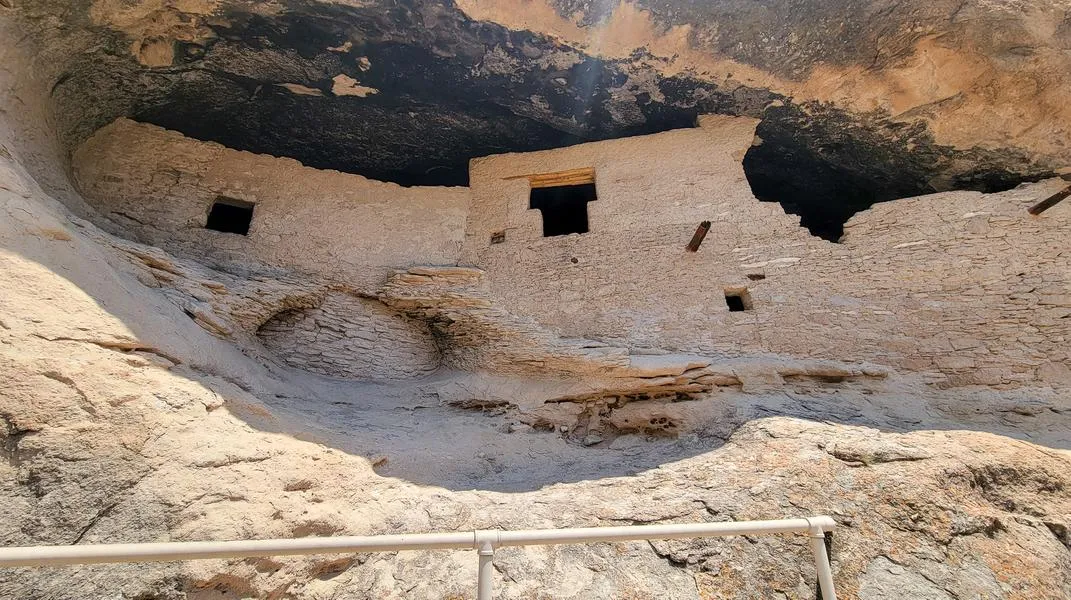Exploring Bath: A Journey Through History and Healing
Nestled in the rolling hills of Somerset, England, Bath is a city that captivates visitors with its rich history, stunning architecture, and renowned spa culture. Designated as a UNESCO World Heritage Site, Bath is famous for its Roman baths and Georgian architecture, drawing millions of tourists each year. This article will take you on a detailed exploration of Bath, its attractions, and provide practical advice on preparing for your visit.

A Brief History of Bath
Bath's history dates back to Roman times when the natural hot springs were discovered. The Romans established a sophisticated bathing complex, the remains of which can still be seen today in the city's Roman Baths. The name "Bath" itself derives from the Latin word "balneum," meaning bath. After the fall of the Roman Empire, Bath fell into disrepair until the 18th century when it experienced a revival as a fashionable spa town, attracting the wealthy and elite of British society.
Main Attractions in Bath
1. The Roman Baths
The centerpiece of Bath's attractions is undoubtedly the Roman Baths, a well-preserved ancient bathing complex. Visitors can explore the Great Bath, surrounded by towering columns and ancient stonework. The museum houses an impressive collection of Roman artifacts, including coins, pottery, and inscriptions, providing insight into the lives of those who frequented the baths. A highlight is the opportunity to drink the mineral-rich spring water, which is believed to have healing properties.
Tip: To make the most of your visit, opt for an audio guide that offers detailed explanations of the exhibits and the history of the baths.
2. Bath Abbey
Just a stone’s throw from the Roman Baths, Bath Abbey is a magnificent example of Gothic architecture. The abbey features stunning stained glass windows, intricate stone carvings, and a stunning fan-vaulted ceiling. Climbing the tower provides panoramic views of Bath and the surrounding countryside.
Tip: Check the abbey’s schedule for choir performances; attending a service can enhance your experience with its beautiful acoustics.
3. The Georgian Architecture
Walking through Bath is like stepping back in time. The city is renowned for its Georgian architecture, with the Royal Crescent and the Circus being two prime examples. The Royal Crescent is a sweeping crescent of 30 terraced houses, while the Circus is a circular space surrounded by grand Georgian townhouses. Both are perfect spots for a leisurely stroll and photography.
Tip: Join a guided walking tour to learn more about the history and significance of these architectural wonders.
4. The Jane Austen Centre
For literature enthusiasts, the Jane Austen Centre is a must-visit. It celebrates the life and works of one of England's most beloved authors, who lived in Bath for several years. The centre features exhibits on Austen's life, her novels, and the Regency period. You can even enjoy afternoon tea in the Regency Tea Room.
Tip: Don’t miss the opportunity to dress up in Regency-era costumes for a fun photo session!
5. Thermae Bath Spa
After a day of sightseeing, relax at the Thermae Bath Spa, which offers a contemporary take on the ancient Roman baths. The spa features natural thermal waters, including a rooftop pool with stunning views of the city. Various treatments are available, from massages to facials, allowing for a rejuvenating experience.
Tip: Booking in advance is recommended, especially during peak tourist season, to secure your preferred time slot.
6. Pulteney Bridge
Pulteney Bridge is one of the most photographed landmarks in Bath. Completed in 1774, it is unique for its shops built into the bridge itself. The bridge spans the River Avon and offers picturesque views, especially at sunset. A leisurely walk along the riverbank is a delightful way to spend an afternoon.
Tip: Bring a picnic to enjoy by the river, or stop by one of the nearby cafés for refreshments.
Preparing for Your Visit to Bath
To ensure a smooth and enjoyable visit to Bath, it’s essential to plan ahead. Here’s a comprehensive guide on what to prepare:
1. Transportation
- Getting to Bath: Bath is well-connected by train and bus. The train from London takes about 1.5 hours, making it an ideal day trip. If driving, be aware of parking restrictions in the city center.
- Local Transport: Once in Bath, the city is compact and easily navigable on foot. However, if needed, local buses and taxis are available.
2. Accommodation
Bath offers a range of accommodations, from luxury hotels to charming guesthouses. For a unique experience, consider staying in a Georgian townhouse or a boutique hotel. Booking in advance, especially during peak seasons like summer or the Christmas market, is advisable.
3. What to Pack
- Comfortable Shoes: Bath’s cobbled streets and hilly terrain require sturdy, comfortable footwear.
- Weather-Appropriate Attire: The UK weather can be unpredictable. Pack layers, including a waterproof jacket, and check the forecast before your trip.
- Swimwear: If you plan to visit Thermae Bath Spa, don’t forget your swimwear and flip-flops.
- Camera/Smartphone: With so many picturesque spots, you’ll want to capture memories of your visit.
4. Entry Fees and Opening Hours
- Roman Baths: Tickets can be purchased online for a discount. Check the official website for current prices and opening hours.
- Bath Abbey: Admission fees may apply, and guided tours are available for an additional cost.
- Thermae Bath Spa: Spa packages vary in price, so explore their website for details on treatments and booking.
5. Food and Dining
Bath boasts a vibrant culinary scene. From trendy cafés to fine dining, there’s something for everyone. Here are a few popular options:
- Sally Lunn’s Historic Eating House: Famous for its buns, this is one of the oldest houses in Bath.
- The Pump Room: An elegant restaurant offering traditional afternoon tea, located next to the Roman Baths.
- The Raven: A cozy pub known for its delicious pies and local ales.
Consider making reservations, especially during peak dining hours.
6. Local Events
Bath hosts various events throughout the year, from the Bath Festival in May to the Christmas Market in December. Check the local events calendar to see if your visit coincides with any special happenings.
Conclusion
Bath is a city that seamlessly blends history, culture, and relaxation, making it a perfect destination for all types of travelers. Its ancient baths, architectural marvels, and vibrant atmosphere provide a rich tapestry of experiences. Whether you’re soaking in the natural thermal waters, exploring the streets lined with Georgian houses, or indulging in the local cuisine, Bath promises an unforgettable experience.
By planning ahead and preparing the necessary materials for your visit, you can ensure that your journey to this enchanting city is smooth and enjoyable. Whether you're a history buff, a literature lover, or simply seeking a tranquil getaway, Bath has something special to offer everyone.




